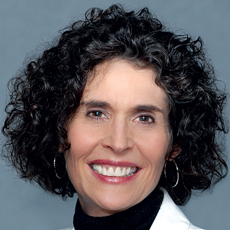
As caregivers, we’ve long known that we need to monitor three key factors — blood sugar, blood pressure, and weight — as these are major indicators of a patient’s overall health. Yet collecting vitals can be time and labor-intensive within the long-term care environment. And if we’re asking patients to self-report, the information is often inaccurate because many do not like keeping a written record or they knowingly or unknowingly write down the wrong information.
In recent years, healthcare technology has advanced, and remote health monitoring has emerged as a way to improve patient care and make caregivers more efficient and accurate. Unfortunately, up until now, systems have traditionally been expensive and difficult to use.
Over the last few months, I have been recommending a e system from Ambio Health called the Ambio Remote Health Monitoring System. Ambio is a wireless remote health monitoring system that effortlessly allows automatic readings of vitals, including blood pressure, blood sugar and weight, which can then go to whomever is identified to receive the information.
For long-term caregivers, this means:
- Receiving accurate and reliable information: The automatic readings eliminate the possibility of the patient or staff reporting erroneous numbers.
- Preventing disease: Recognizing patterns within remote health readings can prevent diseases and complications such as early morning hypertension.
- Identifying hard to spot complications like HHNS: Many older patients do not drink enough for a variety of reasons, not wanting to go to the bathroom or losing their thirst sensation among them. Careful monitoring of blood sugar levels can help prevent Hyperosmolar Hyperglycemic Nonketotic Syndrome (HHNS), a serious problem in the elderly, which leads to seizures, coma and eventually death.
- Providing families with peace of mind: Since readings can also be sent automatically to family members, they can feel more secure about the health of their loved one.
Take, for example, one of my patients who had a stroke three years ago. He has diabetes and high blood pressure, and the automatic readings showed me that his blood pressure was only high in the morning, which of course is the most dangerous time of day to see any elevation. At the same time, it was easy to see how new medications impacted his core readings, and when his blood sugar and blood pressure readings were consistently elevated, his medication was immediately adjusted. Much of the guesswork had been eliminated, and the response time to treat him and his different disease progressions was significantly reduced.
For those who have discounted remote health monitoring as being too expensive or difficult to use, I recommend taking a second look. The technology has become user-friendly and affordable for caregivers in any setting, and the benefits to patients are immeasurable.
Joy Pape, RN, BSN, CDE, WOCN, CFCN, FAADE is an internationally-known certified diabetes educator in New York City.




